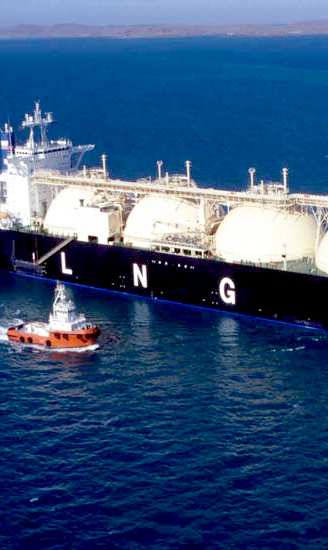Gas imports dubbed "failure"
 Australia, one of the world’s largest gas exporters, is poised to begin importing natural gas.
Australia, one of the world’s largest gas exporters, is poised to begin importing natural gas.
The shift plays into growing concerns over domestic gas supply shortages despite Australia’s vast export capacity.
At Port Kembla, just over 100 kilometres south of Sydney, a $1 billion liquefied natural gas (LNG) import terminal is under construction.
The project, led by Andrew Forrest’s Squadron Energy, is seen by some as a critical response to the nation’s looming energy crisis, while others view it as evidence of long-standing policy failures.
Rick Wilkinson, CEO of EnergyQuest, sees the project as a necessary intervention.
“We're in this position because, quite simply, we've run out of time,” Wilkinson has told reporters.
“The only solution to this crisis is right here, right now in Port Kembla.”
The Australian Energy Market Operator (AEMO) forecasts a significant shortfall in gas supplies by 2028, with the east coast facing an up to 40 per cent decline in current gas production.
This is driven by the depletion of reserves in the Bass Strait, a key source of gas for southern states like Victoria and New South Wales.
AEMO warns that without new fields, the southern states may face severe shortages, especially during peak winter periods.
This decline in production has been compounded by the failure to develop new gas projects and opposition to the gas industry in many regions.
But Australia remains one of the largest LNG exporters globally, alongside Qatar.
About 80 per cent of Australia’s gas is exported, often without generating royalties for the country. Critics argue this arrangement leaves the domestic market vulnerable.
Rod Campbell, Research Director at the Australia Institute, views the situation as an extraordinary policy failure.
“We produce, burn, and export a staggering amount of gas in this country,” Campbell said.
“To suggest there is a shortage is absurd. We have allowed multinational gas companies to take us for a ride.”
The Australia Institute has pointed out that more than half of the gas exported from the country attracts no royalty payments, effectively handing a public resource to international corporations without significant returns to Australia.
Campbell said reducing domestic demand would prevent the country from having to resort to imports.
He argued that the southern supply issues could be mitigated through better management of peak loads and more efficient use of existing pipelines.
For now, the Port Kembla terminal represents a complex symbol: a solution to an immediate crisis, but also a stark reminder of the ongoing issues with Australia’s energy policy direction and its long-term sustainability.








 Print
Print